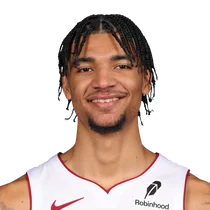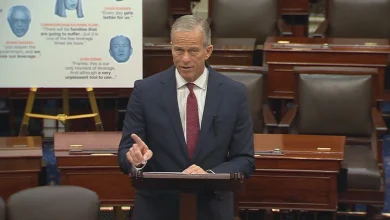When skeletons come out of the closet and onto the street

Drag performers line the streets in high-fashion yet ghoulish costumes alongside a parade of Elton John lookalikes and queer Victorian-era couples. It’s just another Halloween parade to some — but for others, it’s a march of identity exploration and celebration.
The Village Halloween Parade, held on Oct. 31, draws over 2 million people to Sixth Avenue every year for its creative costumes, larger-than-life puppets and flash mob of the iconic “Thriller” dance. While the event has grown in popularity since its inception in 1973, it originated as a rare space where queer and drag communities could freely express themselves. The first parade, led by mask and puppet designer Ralph Lee, was only a door-to-door walk around Lee’s neighborhood. The following year, he formalized the event for the Theater for the New City, which has long supported the LGBTQ+ community. The parade has since received nationwide recognition, winning the National Endowment for the Arts Grant for Lifetime Achievement in 1993.
“When the parade started, Greenwich Village was very gay,” Jeanne Fleming, the parade’s 45-year artistic and producing director, told WSN. “And so the parade became sort of a gay parade, because there were so many participants from the gay community in the parade.”
Set against a backdrop of queer life and activism, Lee welcomed the queer community to participate in the 1974 ceremony, where Black transgender people and drag queens comprised a majority of attendees. With landmarks such as the Stonewall Inn only minutes away from Sixth Avenue, the LGBTQ+ community has profoundly shaped Greenwich Village, one of the parade’s most prominent stops.
Following New York City’s first Pride parade in 1970, the Village Halloween Parade became another trademark space for queer people and drag artists to embrace their true selves amid a heteronormative culture that struggled to accept their existence. Fleming said that the presence of queer people and drag artists became a status quo for the parade.
“The fact that that community was involved from the very early days set a tone for the parade — for everyone to come in a great costume, to come in a group of friends and do a group costume or a performance,” Fleming said.
While the parade grew into a citywide phenomenon, its fame may have obscured its countercultural identity. Still, Fleming said that the LGBTQ+ community’s presence remains. Gay rights organizations such as ACT UP formerly marched with the parade, and today, it partners with groups like NYC Pride — with a lineup of performers such as the Queer Big Apple Corps.
“It’s always been a night about freedom and personal expression: being who you are, unafraid,” Fleming said. “In any way — your ethnicity, your age, your gender, your sexual orientation — everyone comes together for that one night, living in their imagination. There’s no other event that’s quite like that.”
The Village Halloween Parade will start at 7 p.m. on Friday, Oct. 31 at Canal Street and Sixth Avenue, marching north to 15th Street.
Contact Yanel Siquieros at [email protected].





